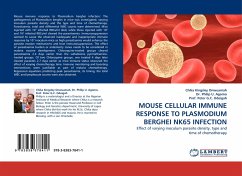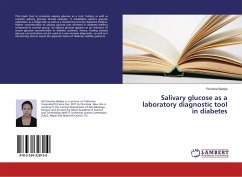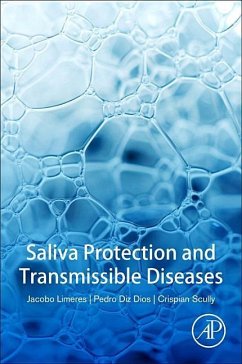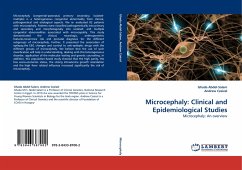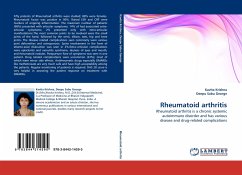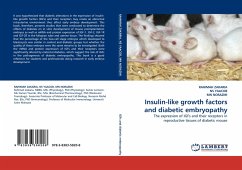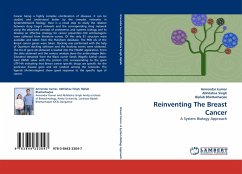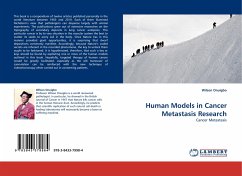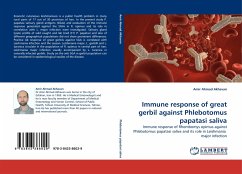
Immune response of great gerbil against Phlebotomus papatasi saliva
Immune response of Rhombomys opimus against Phlebotomus papatasi saliva and its role in Leishmania major infection
Versandkostenfrei!
Versandfertig in 6-10 Tagen
39,99 €
inkl. MwSt.

PAYBACK Punkte
20 °P sammeln!
Zoonotic cutaneous leishmaniasis is a public health problem in many rural parts of 17 out of 30 provinces of Iran. In the present study P. papatasi salivary gland antigens (SGAs) and evaluation of the immune response generated against the SGAs in R. opimus and its role in correlation with L. major infection were investigated. Salivary gland lysate profile of wild caught and lab bred (F1) P. papatasi and also of different geographical populations did not show prominent differences. Positive Ab response of great gerbils against SGA is correlated with Leishmania infection and the season. Leishman...
Zoonotic cutaneous leishmaniasis is a public health problem in many rural parts of 17 out of 30 provinces of Iran. In the present study P. papatasi salivary gland antigens (SGAs) and evaluation of the immune response generated against the SGAs in R. opimus and its role in correlation with L. major infection were investigated. Salivary gland lysate profile of wild caught and lab bred (F1) P. papatasi and also of different geographical populations did not show prominent differences. Positive Ab response of great gerbils against SGA is correlated with Leishmania infection and the season. Leishmania major, L. gerbilli and L. turanica circulate in the population of R. opimus in central part of Iran. Leishmania major infection usually accompanied by L. turanica in naturally infected gerbils. Study on the anti SGA in gerbil population can be considered in epidemiological studies of the disease.



